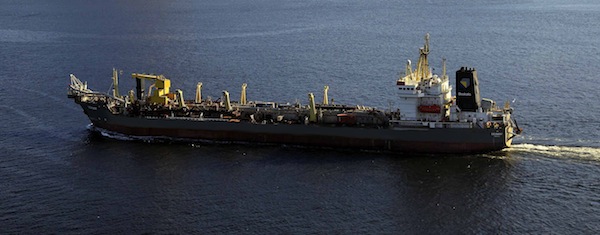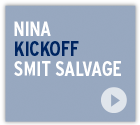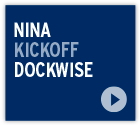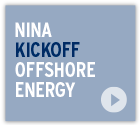NINA at Work articles
- Number 2 / 2024
- Number 1 / 2024
- Number 2 / 2023
- Number 1 / 2023
- Number 3 / 2022
- Number 2 / 2022
- Number 1 / 2022
- Number 3 / 2021
- Number 2 / 2021
- Number 1 / 2021
- Number 1 / 2020
- Number 4 / 2019
- Number 3 / 2019
- Number 2 / 2019
- Number 1 / 2019
- Number 4 / 2018
- Number 3 / 2018
- Number 2 / 2018
- Number 1 / 2018
- Number 6 / 2017
- Special edition / 2017
- Number 4 / 2017
- Number 3 / 2017
- Number 2 / 2017
- Number 1 / 2017
Media Library
TestimonialVideosNews Items
Real-life dilemmas: NINA in Bulgaria
 While NINA has meanwhile established itself at Boskalis, elsewhere we encounter substantial differences in safety standards and awareness. For instance, the crew of the Seaway seemed to take a trip several years back in time when they arrived at the Odessos Shipyard in Varna for a major repair operation.
While NINA has meanwhile established itself at Boskalis, elsewhere we encounter substantial differences in safety standards and awareness. For instance, the crew of the Seaway seemed to take a trip several years back in time when they arrived at the Odessos Shipyard in Varna for a major repair operation.
“Hardly anyone wore a safety helmet,” says Captain Marco de Bruin.
“Welding leads and power cables were connected via unsecured electrical cabinets. As for the men working on the scaffolding, it was an accident waiting to happen. No-one took the effort to ensure the workplace was tidy. It was complete chaos.” Marcel de Visser, electrician, nods in agreement: “No-one spoke English. The issue was not a lack of skills, the workers were simply taking excessive risks. Try to explain that using sign language to somehow break through the communication barrier.”
How do you respond? After all, the work has to get done. “You need to let go of the fantasy that you can change the situation in a few weeks’ time,” says Marco de Bruin. “You can, of course, get the ball rolling. In response to our request, the shipyard provided safety helmets and protective clothing. We invited the safety officer to attend the daily work meetings, teaching him to see the world in terms of what is and what is not safe, while considering how things can be improved.”
Plant manager Rick Maliepaard explains that the CTD performs a risk analysis as part of the shipyard selection process. “The focus is placed squarely on procedures. Our experiences in Bulgaria have taught us that from now on we must also look at ompliance and application.” Meanwhile, this major repair operation was completed successfully without a single accident. Marco de Bruin: “That’s all thanks to the attentiveness of the staff: they have fully embraced safety as a genuine concern, raising issues with others accordingly.”
After introducing NINA at the shipyard, daily toolbox meetings were held with staff to discuss the day’s scheduled work, ensuring everyone started work well informed. This was followed by a work meeting with the shipyard’s repair man, key foremen and safety officer. Safety was on the agenda of every meeting. One day, work was brought to a complete stop due to safety hazards. Despite this fact, its importance did not seem to sink in with the shipyard’s management. Even after maintenance engineer Bert Wagemakers met with the shipyard’s management, the crew of the Seaway had to continue to sound the alarm.
Captain Marco de Bruin: “Examples of what I saw include a repair man, who despite being sympathetic to our vision of safety, failed to raise awareness of the issue among the lower echelons of the organization. In all our communications, we consistently asked staff to report unsafe workplace situations, hold each other to account and – if necessary – to stop work. After this happened, a short-lived improvement was noticeable for that specific task. The next time, everyone worked as they had always done. Nothing will change as long as it is not the shipyard’s policy to place safety on top of the agenda. That’s the big challenge.”






